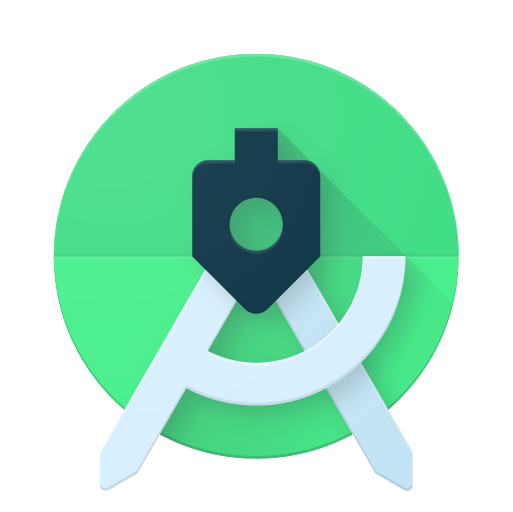

Once the icons are created, you can add an entry to your Web App Manifest similar to other icon assets. The ratios are different, so your icons would look too small. Warning: If you already have an Android app, avoid copying and pasting the icon from your Android app to your web app.

Pixels outside the zone may be cropped off depending on the icon shape and the platform. The safe zoneĪll pixels within this zone are guaranteed to be visible. But when designing the icon, ensure that important information is within a “safe zone” circle with a radius equal to 40% of the image’s size. Maskable icons can be any size, and you can continue to use the same sizes that you’d use for normal transparent icons. This means you can’t reuse the same asset. Since the maskable icon format is designed work with any platform, the size and ratios are different from the size and ratios of Android’s adaptive icons. It’s platform agnostic, so Windows could use them for tiles or iOS could use them for icons. Maskable icons allow web developers to specify a full-bleed icon that will be cropped. Lo and behold, last September a brand new API descended upon us and was added to the W3C spec. Instead, icons would get squished into white boxes like this: To deal with the variety of requirements from manufacturers and devices, Android introduced “adaptive icons.” You supply an image with extra space around the edges, and Android will crop it to the correct shape.īut web apps are designed to work on any platform, so they don’t have APIs to create these special Android icons. Some manufacturers even wanted different shapes. However, manufacturers, like Samsung, wanted to make all icons on a device the same shape to keep things consistent. This meant that web apps could also reuse the same transparent icon when pinned to the home screen. Until a few years ago, Android app icons were freeform and could be any shape. I’ll show you how to add them to your own PWAs for Android. I work at Mozilla and have implemented support for maskable icons in Firefox Preview. This new icon format will let your PWAs have their own adaptive icons on Android. However, there is a new web feature called maskable icons that is coming soon to Firefox Preview and other web browsers. Icons that don’t follow the new format are given a white background. What happened? Well, Android Oreo introduced adaptive icons, a new icon format that enforces the same shape for all icons on the home screen. You’ve created a Progressive Web App ( PWA), designed an icon to represent it, and now you’re installing it to your Android home screen.īut, if you have a recent Android phone, your icons will show up like this:


 0 kommentar(er)
0 kommentar(er)
